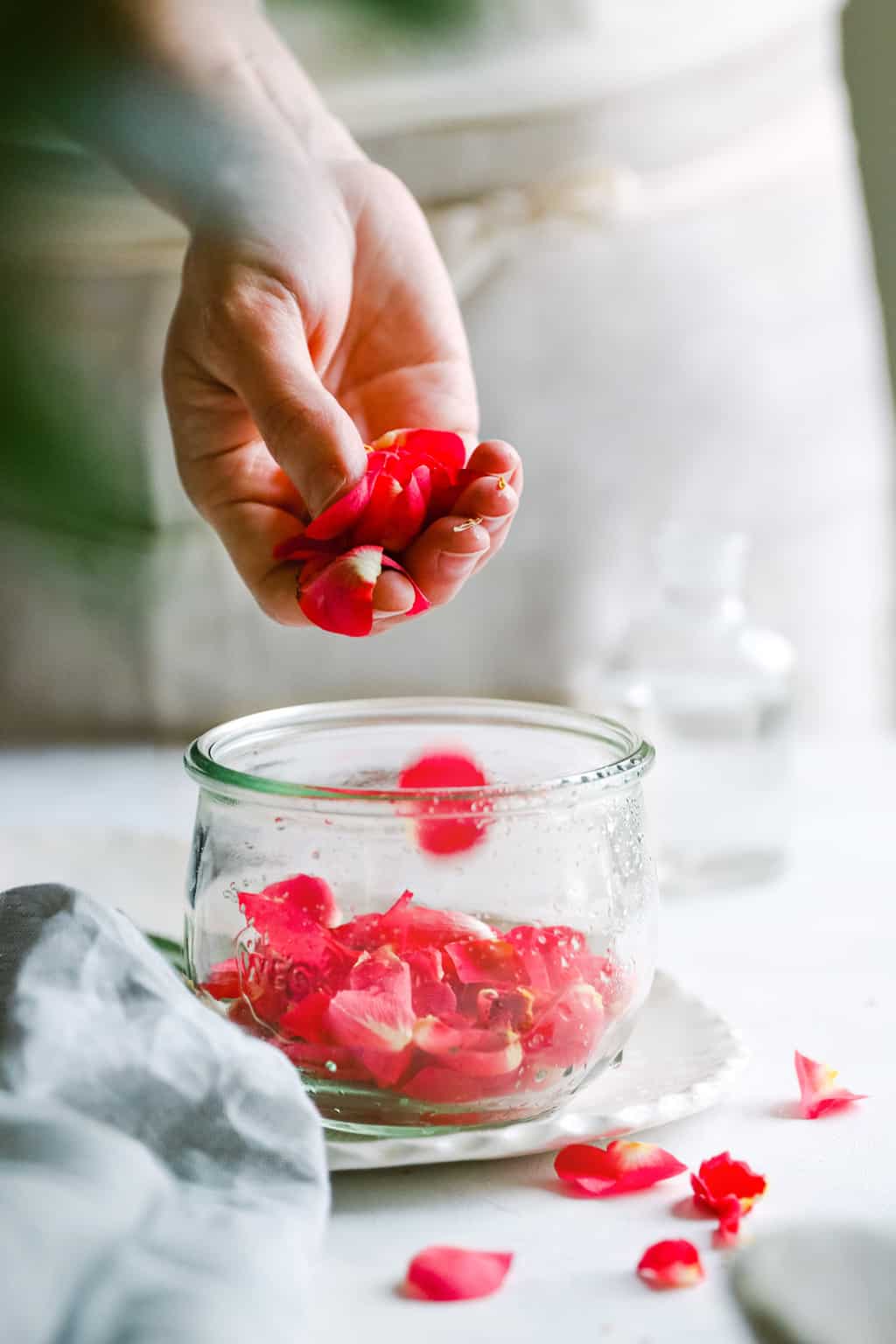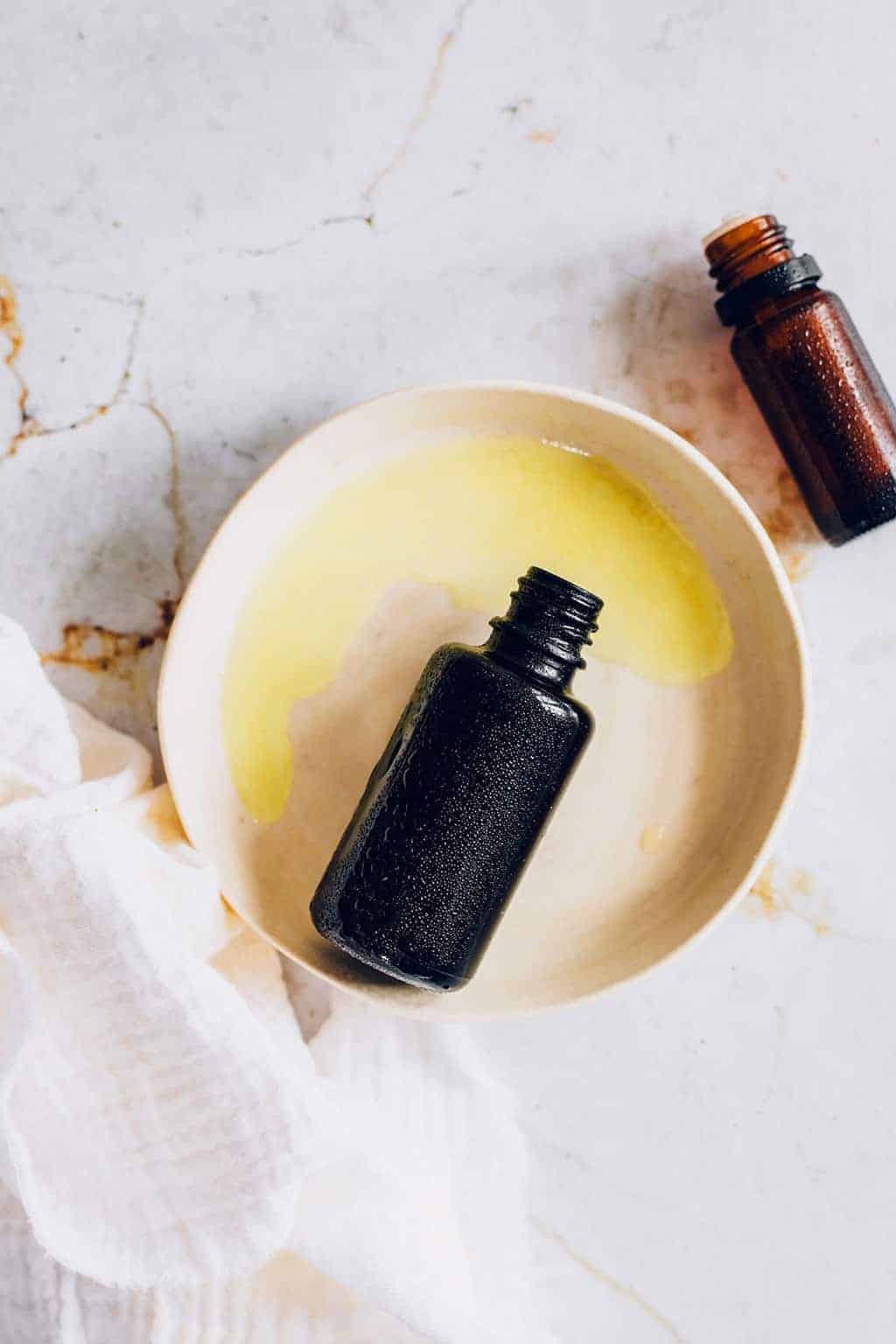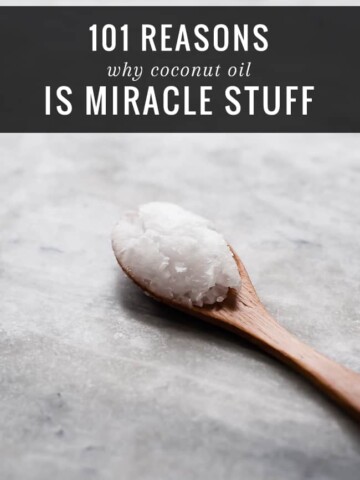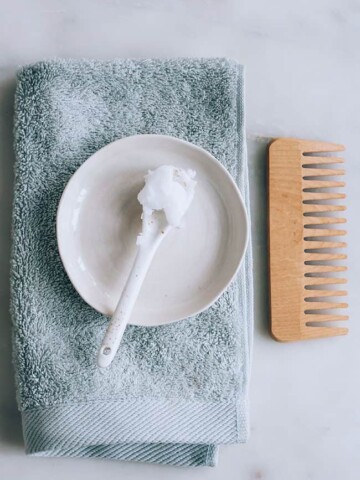With almost every DIY we post, someone asks, “How long will this last?” And it's a great question! When you spend time and money to make a body wash or face oil, you want to use every last drop!
This common question is one of the hardest to answer. With so many variables—how you make it, what ingredients are used, how it's stored—it's hard to give a precise amount of time.
But there are a few things you can do to make your DIY recipes last and avoid the biggest spoilers. Here are some general guidelines for recipe storage and shelf life for oils, balms, and other beauty potions.
5 Rules for DIY Beauty + Bath Product Storage
The two most common reasons a recipe goes bad are 1) mold or bacteria starts to grow (ew) and 2) the deterioration of an ingredient that goes bad or rancid. One or both problems can occur. These storage rules will help you avoid the biggest reasons a recipe goes bad and make your DIY recipes last as long as possible.
Oxygen and heat
Keep your recipes in airtight containers in a cool, dry spot. Refrigerating recipes can also extend the shelf life of some oils. This is true for your store-bought elixirs as well. The fridge is your friend!
Sunlight
Dark- or amber-colored bottles will further protect recipes from the harmful effects of sunlight. Essential oils especially lose their potency when exposed to sun.
Bacteria
Make sure your equipment, counters, and hands are sanitized before starting a recipe project. Then do your best to keep your fingers out of the container. Use a clean spoon or scoop to dispense the product and then wash that after each use to avoid contamination.
Moisture
Make sure your containers are clean and completely dry before storing products. Then keep water out of finished recipes—often a challenge in the bathroom, I know. Storing your products in pumps or spray bottles makes this easier. Rail19 is a source we love and use often for pretty containers.
Distilled water
If a homemade recipe calls for water, make sure to use distilled or boiled water. This helps eliminate possible contaminants that can cause skin irritation and overnight mold growth.
How long will a DIY recipe last?
Ahhh, the million dollar question! The shelf life of your recipes depends on a variety of factors, the biggest one being, does it contain water or any kind of food?
Food-based masks and scrubs: 1–2 days
Recipes with fresh ingredients—fruit, yogurt, eggs—are best if used immediately. You can keep them in the fridge, but they probably won’t last more than 1–2 days. To be safe, we recommend making a fresh batch every time you want to use it.
Toners and shampoos: 3–4 days
Water-based recipes have the shortest shelf life after those with fresh ingredients. Using distilled or filtered water will help somewhat, but bacterial growth is inevitable. Water-based recipes will last 3–4 days if refrigerated.
Since it can be tough to use large batches quickly, you might want to scale your recipes down to make smaller batches.
Lotions, butters, oils, and powders: 6 months
Oil-based creams and balms will last longer than lotions that contain water. The same goes for powdered recipes, such as cleansing powders and dry clay-based masks. Six months is a good estimate as most powders and carrier oils don’t last much longer than that when left at room temperature.
Bath salts, bombs, and bubbles: 6 months–1 year
Always keep bath salt and bath bombs in containers with airtight lids. That way, they will last 6 months to a year. I left a big open jar of bath salts sitting beside the tub, but without a lid it sucked up moisture from the air and turned into one solid block of salt. Oops.
Citric acid loses its potency if exposed to air, which means the fizz will fizzle out in about 6 months if it's not kept in a lidded container. If you've included any essential oils, their scent will start to degrade after a couple of months.
Soap and body washes: 2 weeks–6 months
With melt-and-pour soap it's easy and fun to add special ingredients, like chia seeds or charcoal, but be aware that these additives can grow mold. And I learned from experience that fresh additives like herbs and citrus will eventually turn brown after a few months. Wrap melt-and-pour soap in plastic wrap as soon as they are set to prevent moisture accumulation.
If putting food-based ingredients inside the soap, use within 2 weeks. If not, you should use melt-and-pour soap within 6 months.
Body wash is generally oil and Castile soap. So again, you're looking at 3–6 months, depending on the shelf life of the oil you use.
Always, always keep an eye out for mold, a change in odor, or a weird consistency. If anything seems off, toss it out and create a fresh batch, no matter what the shelf life is supposed to be.
Tips for Increasing the Shelf Life of Your Recipe
It's not always possible to use your potions within a matter of days. But here are a few things you can do to make your recipes last longer.
Make smaller batches. Like we mentioned earlier, creating smaller batches allows you to use them up more quickly. Most recipes only take a few minutes to mix up, so it’s better to start small and remake often rather than having it spoil.
Use preservatives. For a natural preservative, add a couple of vitamin E capsules to your recipe. Vitamin E contains natural antioxidants [source], which can extend the life of your products. You can also use a specially formulated broad-spectrum antimicrobial to cover all your bases.
Keep them cold. The refrigerator inhibits bacterial growth, or at least slows it down substantially, making your DIY recipes last longer.
Label your concoctions. Seriously, you will forget what you made and when you made it. So add a stick-on label that lists what's in the bottle, the date it was made, and a rough expiration date.
If it smells bad, it’s time to toss it. Better safe than sorry—no matter when the expiration date is.
DIY Beauty FAQs
What are some other natural preservatives I can use for cosmetics?
We love natural preservatives for making homemade beauty products last a little longer. Just know that natural preservatives aren't nearly as effective as their commercial counterparts.
That means things like vitamin E and rosemary extract may only extend the shelf-life by a couple of weeks. If you still prefer to keep it au naturale, then use these at your own risk, and keep an eye out for mold.
Rubbing alcohol or grain alcohol (these can dry out skin, though, so use sparingly)
You can read about preservatives here.
Can I use essential oils as a preservative?
While essential oils do have some antibacterial and antifungal properties, we're not sure how much you need or for how long they'll provide preservative benefits. Just like with the natural preservatives listed above, tea tree, oregano, and rosemary essential oils might give you some preservative protection.
But when it comes to making your DIY recipes last, they won't work as well as commercial preservatives. Feel free to experiment with different ratios and combinations to see how long they work to extend the shelf life of your products.
Is DIY skincare safe?
Yes, we think so. If you're especially concerned about bacteria, then it's best to make a fresh batch of beauty product prior to each use.
236








